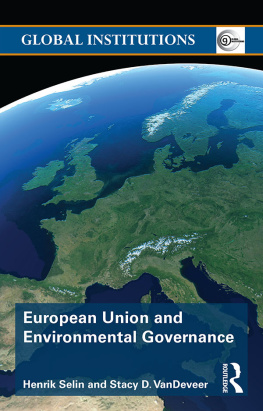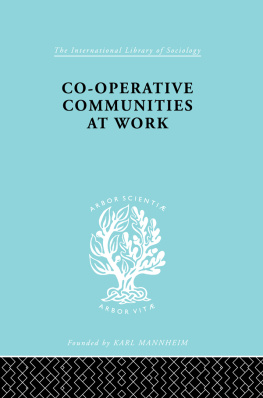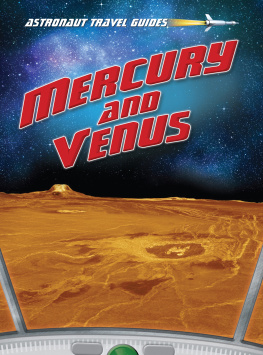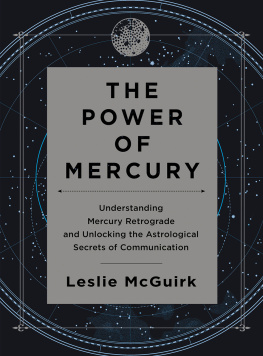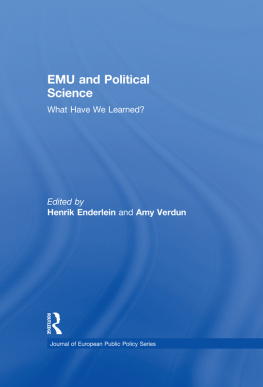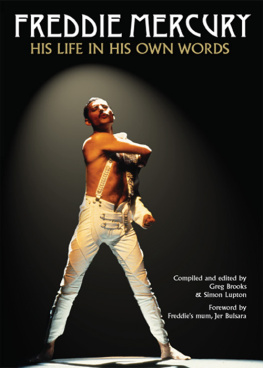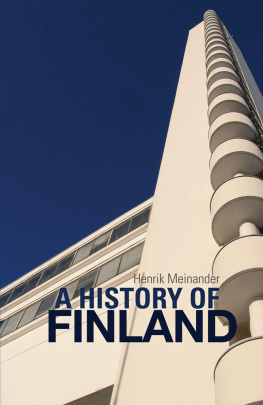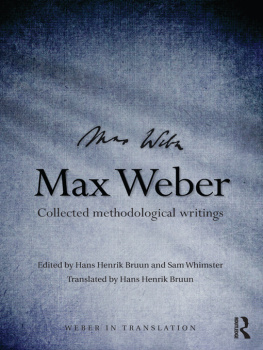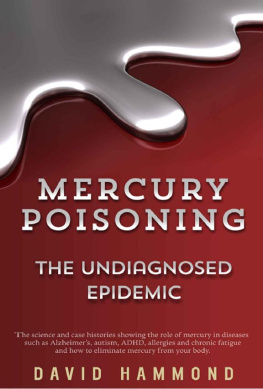Henrik Selin - Mercury Stories: Understanding Sustainability through a Volatile Element
Here you can read online Henrik Selin - Mercury Stories: Understanding Sustainability through a Volatile Element full text of the book (entire story) in english for free. Download pdf and epub, get meaning, cover and reviews about this ebook. publisher: MIT Press, genre: Home and family. Description of the work, (preface) as well as reviews are available. Best literature library LitArk.com created for fans of good reading and offers a wide selection of genres:
Romance novel
Science fiction
Adventure
Detective
Science
History
Home and family
Prose
Art
Politics
Computer
Non-fiction
Religion
Business
Children
Humor
Choose a favorite category and find really read worthwhile books. Enjoy immersion in the world of imagination, feel the emotions of the characters or learn something new for yourself, make an fascinating discovery.

- Book:Mercury Stories: Understanding Sustainability through a Volatile Element
- Author:
- Publisher:MIT Press
- Genre:
- Rating:5 / 5
- Favourites:Add to favourites
- Your mark:
- 100
- 1
- 2
- 3
- 4
- 5
Mercury Stories: Understanding Sustainability through a Volatile Element: summary, description and annotation
We offer to read an annotation, description, summary or preface (depends on what the author of the book "Mercury Stories: Understanding Sustainability through a Volatile Element" wrote himself). If you haven't found the necessary information about the book — write in the comments, we will try to find it.
Henrik Selin: author's other books
Who wrote Mercury Stories: Understanding Sustainability through a Volatile Element? Find out the surname, the name of the author of the book and a list of all author's works by series.
Mercury Stories: Understanding Sustainability through a Volatile Element — read online for free the complete book (whole text) full work
Below is the text of the book, divided by pages. System saving the place of the last page read, allows you to conveniently read the book "Mercury Stories: Understanding Sustainability through a Volatile Element" online for free, without having to search again every time where you left off. Put a bookmark, and you can go to the page where you finished reading at any time.
Font size:
Interval:
Bookmark:
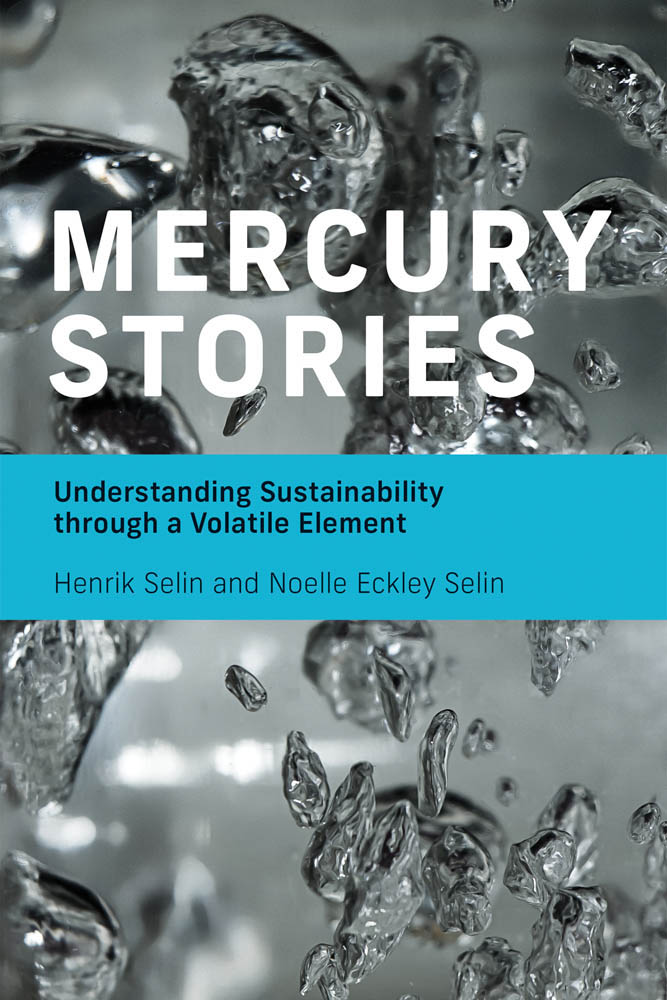
Mercury Stories
Understanding Sustainability through a Volatile Element
Henrik Selin and Noelle Eckley Selin
The MIT Press
Cambridge, Massachusetts
London, England
2020 Massachusetts Institute of Technology
All rights reserved. No part of this book may be reproduced in any form by any electronic or mechanical means (including photocopying, recording, or information storage and retrieval) without permission in writing from the publisher.
Library of Congress Cataloging-in-Publication Data
Names: Selin, Henrik, 1971 author. | Eckley, Noelle, author.
Title: Mercury stories : understanding sustainability through a volatile element / Henrik Selin and Noelle Eckley Selin.
Description: Cambridge, Massachusetts : The MIT Press, [2020] | Includes bibliographical references and index.
Identifiers: LCCN 2019049225 | ISBN 9780262539203 (paperback)
Subjects: LCSH: MercuryEnvironmental aspects. | Mercury industry and tradeEnvironmental aspects. | Sustainable development.
Classification: LCC TD196.M38 S45 2020 | DDC 363.17/91dc23
LC record available at https://lccn.loc.gov/2019049225
d_r0
List of Figures
Illustrative system components for the Minamata story.
Illustrative matrix approach. The interaction matrix shows material interactions taking place in the context of institutions and knowledge. Shaded squares identify where interactions are occurring among material components.
Illustrative interaction matrix for the Minamata story.
Illustrative box-and-arrow diagram for the Minamata story (pathway D-E-F from ).
Illustrative intervention matrix for Minamata.
Components in the global mercury cycling system (referenced in the text in italic type).
Global biogeochemical cycle for mercury. Quantities in boxes (tonnes) and fluxes in arrows (tonnes/year), drawing from Amos et al. (2013), Selin (2014), Obrist et al. (2018), and UNEP (2019). Shaded regions indicate approximate fractions of anthropogenic contribution.
Interaction matrix for the global mercury cycling system.
Pathways of interactions for the global mercury cycling system. Bold boxes indicate the selected interaction for the subsections below.
Global mercury price, given in USD per tonne in 1998 dollars. Data source: US Geological Survey (2014).
Intervention matrix for the mercury global cycling system.
Components in the mercury and health system (referenced in the text in italic type).
Interaction matrix for the mercury and health system.
Pathways of interactions for the mercury and health system. Bold box indicates focal interaction for each subsection.
Intervention matrix for the mercury and health system.
Components in the atmospheric system for mercury (referenced in the text in italic type).
Interaction matrix for the atmospheric system for mercury.
Pathways of interactions in the atmospheric system for mercury. Bold box indicates focal interaction for each subsection.
Intervention matrix for the atmospheric system for mercury.
Components in the products and processes system for mercury (referenced in the text in italic type).
Interaction matrix for the products and processes system for mercury.
Pathways of interactions in the products and processes system for mercury. Bold boxes indicate focal interaction for each subsection.
Intervention matrix for the products and processes system for mercury.
Components in the mercury and ASGM system (referenced in the text in italic type).
Interaction matrix for the mercury and ASGM system.
Pathways of interactions in the mercury and ASGM system. Bold box indicates focal interaction for each subsection.
Intervention matrix for the mercury and ASGM system.
Unique and common components of the mercury systems in part II (chapter numbers in parentheses).
Summary of interaction pathways from chapters in part II, grouped by the types of material component interactions that the pathways include. The underlined box number in each pathway identifies focal interaction.
Interveners and interventions in the five mercury systems discussed in part II. Minamata Convention (MC) provisions are specified by article, consistent with chapter 3.
List of Table
Mercury Emissions to Air by Region for 2015
Mercury is a slippery substance. It is difficult to control in its physical form; it is also an analytical and practical challenge to examine more than 8,000 years of human interactions with this elusive compound. In writing this book, we were fortunate to be able to draw on the support of many colleagues whose suggestions and comments greatly helped us in our efforts to trace the often surprising flows of quicksilver and its many impacts on the environment and human well-being through time and across all regions of the world.
Both of us, individually and together, have worked on mercury for more than 15 years, but we wrote much of this book while we were on sabbatical from Boston University and MIT, respectively, in 2018. We visited the Department of Thematic Studies, Environmental Change, at Linkping University in Sweden in spring 2018, fostering engaging and useful discussions on our analytical framework and issues of sustainability transitions and transformations, often over fika. We especially thank Bjrn-Ola Linnr for graciously hosting our stay at Linkping University, and for his insightful comments on early drafts, along with those of Olof Hjelm, Mattias Hjerpe, Julie Wilk, Henrik Kylin, and Joy Routh. Noelle also spent time at Stockholm Universitys Department of Analytical Chemistry and Environmental Sciences as a visiting professor while we were in Sweden, and thanks Matt MacLeod and colleagues for helpful discussions of chemical pollution and mercury science.
Our work on the book manuscript was greatly facilitated by our stay at the Bavarian School of Public Policy at the Technical University of Munich (TUM) as Hans Fischer Senior Fellows for 20182021, including during fall 2018 and summer 2019. As part of our appointment as Hans Fischer Senior Fellows, we acknowledge the support of the TUM Institute for Advanced Study. The fellowship program is funded by the German Excellence Initiative and the European Union Seventh Framework Programme under grant agreement #291763. We particularly thank our TUM faculty host Miranda Schreurs for her friendly welcome to Munich, for generously including us in her large and dynamic research group during our stays in Bavaria, for her thoughtful comments, and for organizing helpful discussions and seminars. Visits to local biergartens (mostly) helped advance our thinking and analysis.
We thank MITs Policy Lab at the Center for International Studies for supporting our efforts to connect science and policy in the context of mercury governance, which we built on while researching and writing this book. We thank Dan Pomeroy for his expert policy knowledge and assistance through the Policy Lab. The Pardee Center for the Study of the Longer-Range Future at Boston University provided critical resources for Henriks research and outreach at negotiations of the Minamata Convention on Mercury. Center Director Tony Janetos offered much valuable support and encouragement for this project, including reading and commenting on an early draft of our analytical framework. Sadly, Tony passed away in summer 2019, and his caring and sharp insights are sorely missed at Boston University and beyond.
Font size:
Interval:
Bookmark:
Similar books «Mercury Stories: Understanding Sustainability through a Volatile Element»
Look at similar books to Mercury Stories: Understanding Sustainability through a Volatile Element. We have selected literature similar in name and meaning in the hope of providing readers with more options to find new, interesting, not yet read works.
Discussion, reviews of the book Mercury Stories: Understanding Sustainability through a Volatile Element and just readers' own opinions. Leave your comments, write what you think about the work, its meaning or the main characters. Specify what exactly you liked and what you didn't like, and why you think so.

